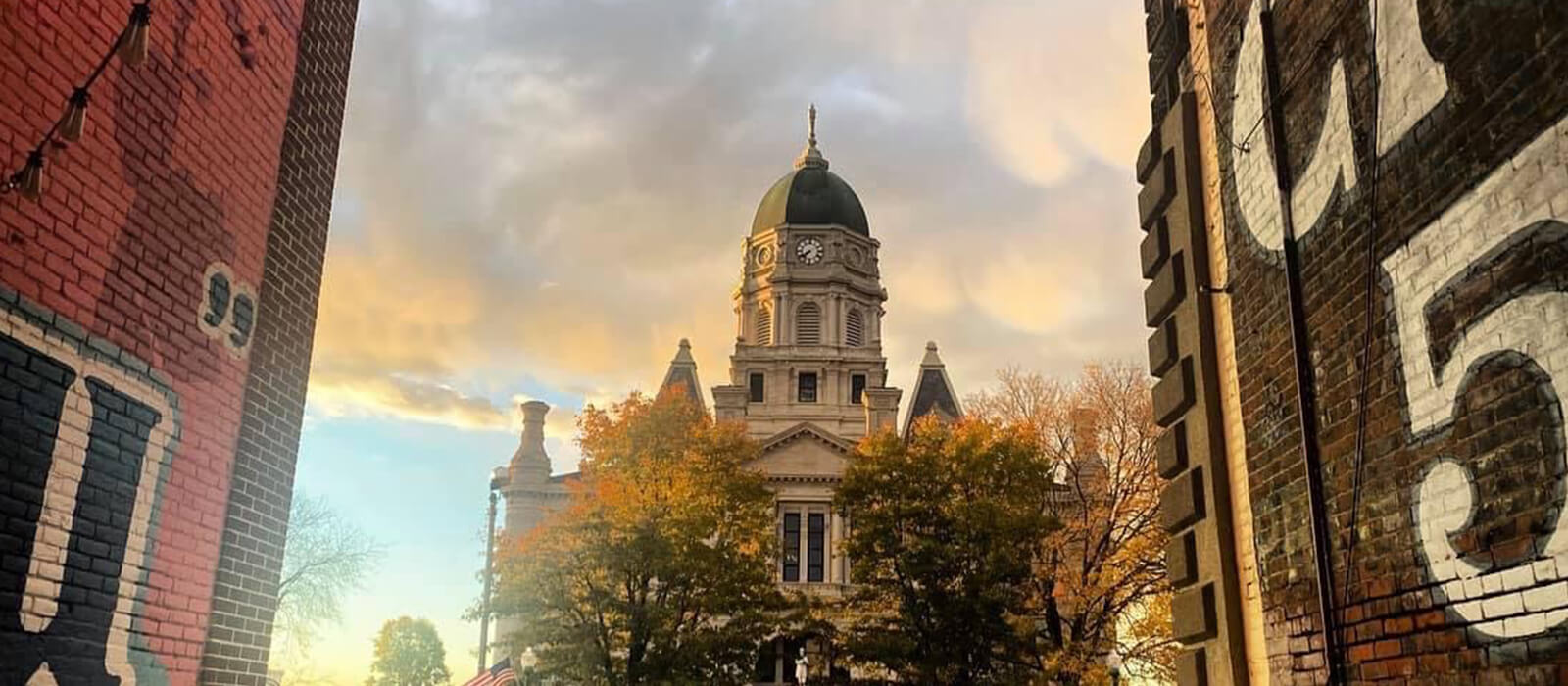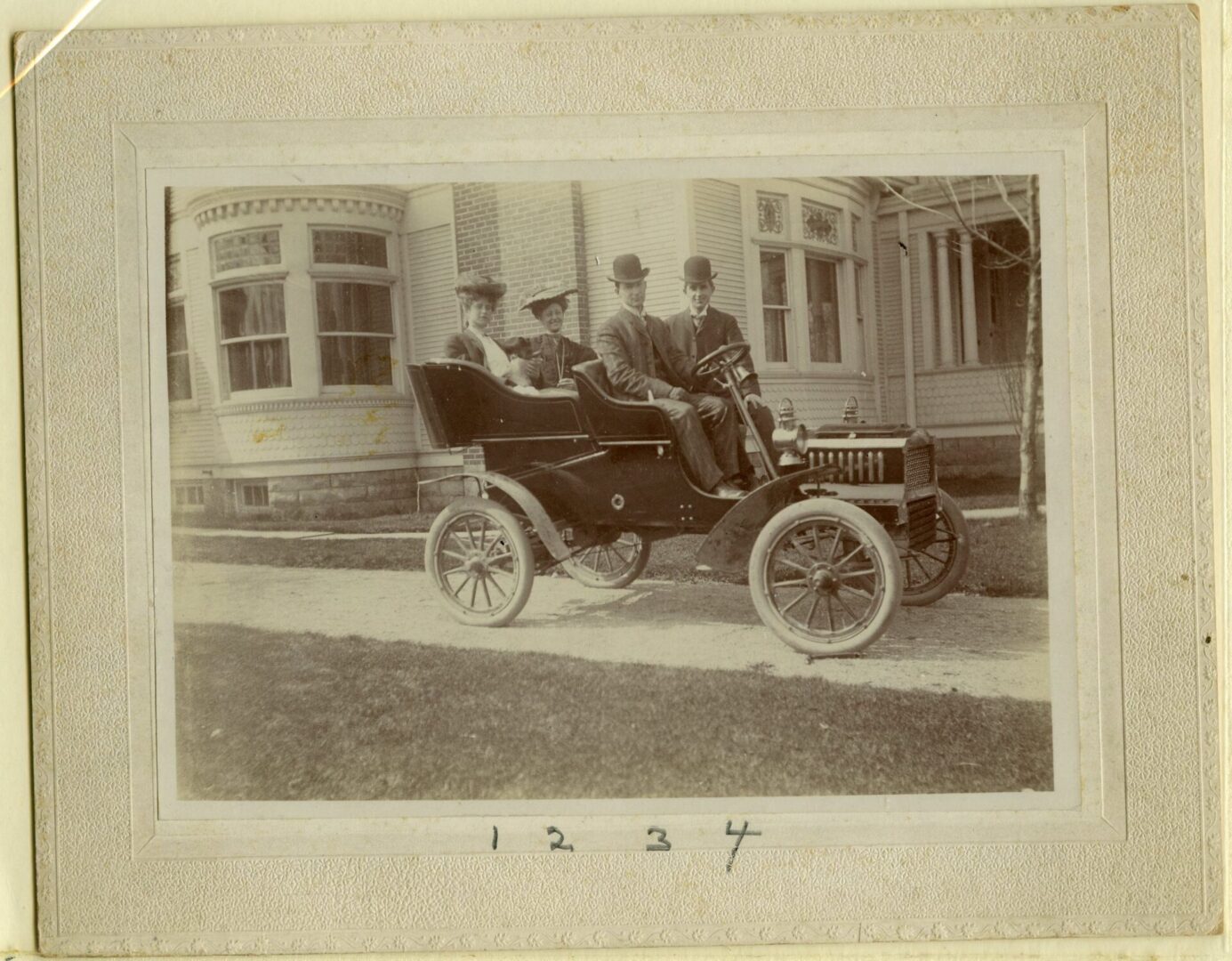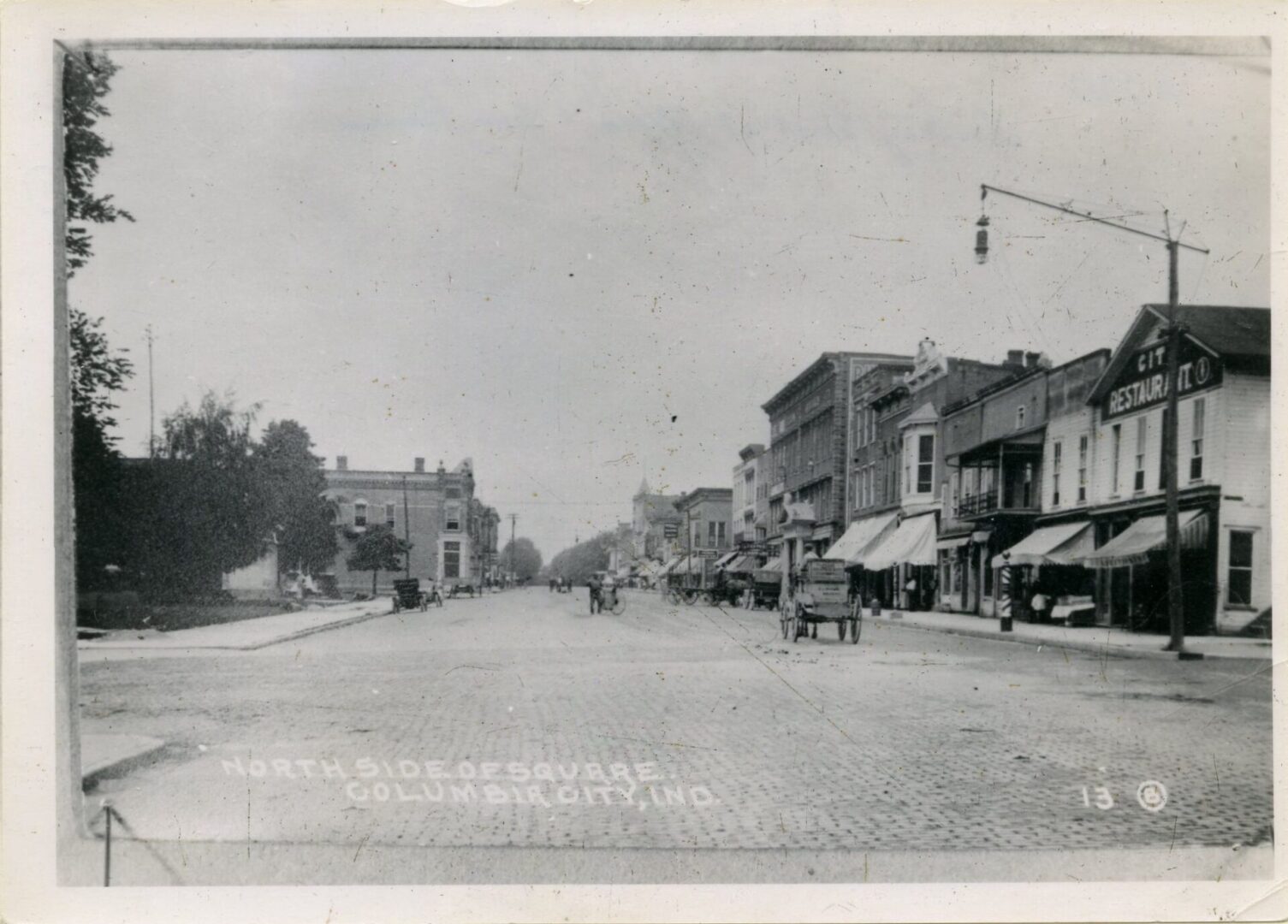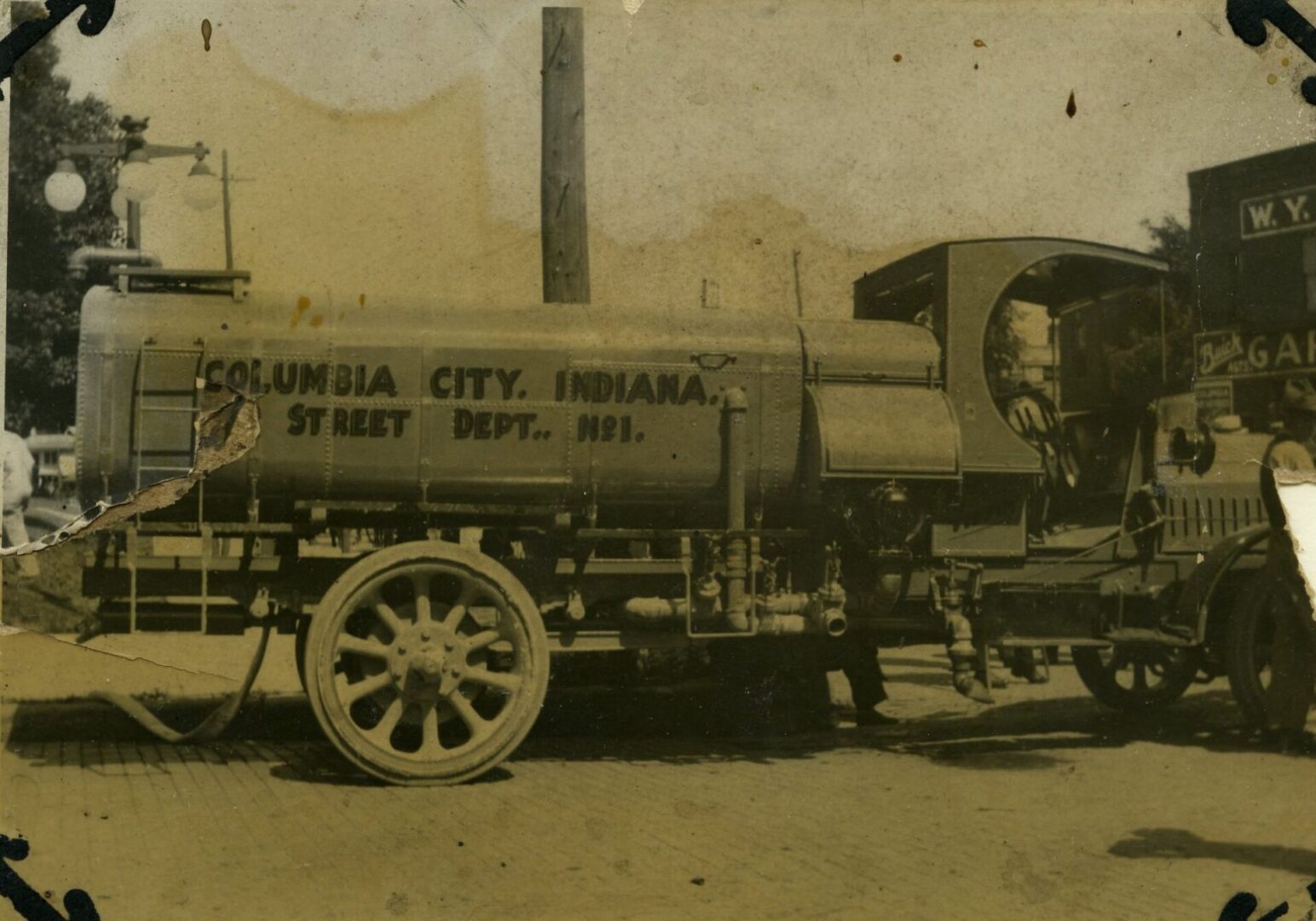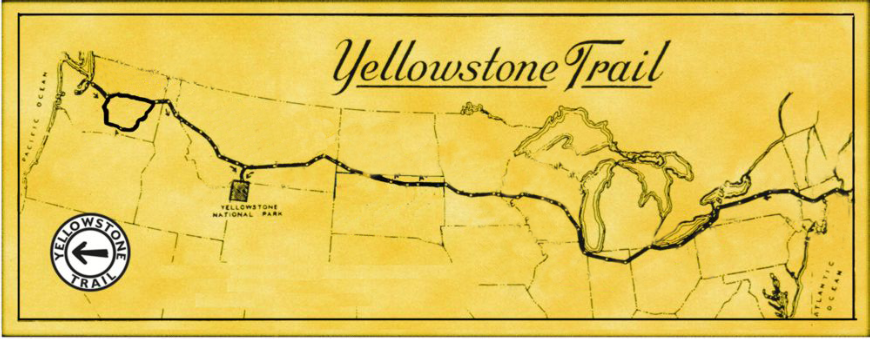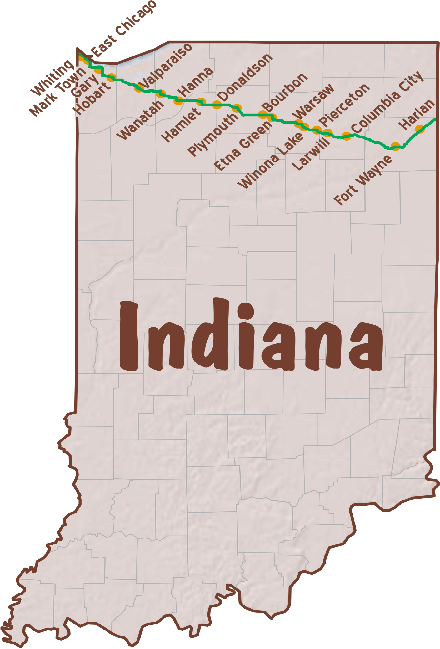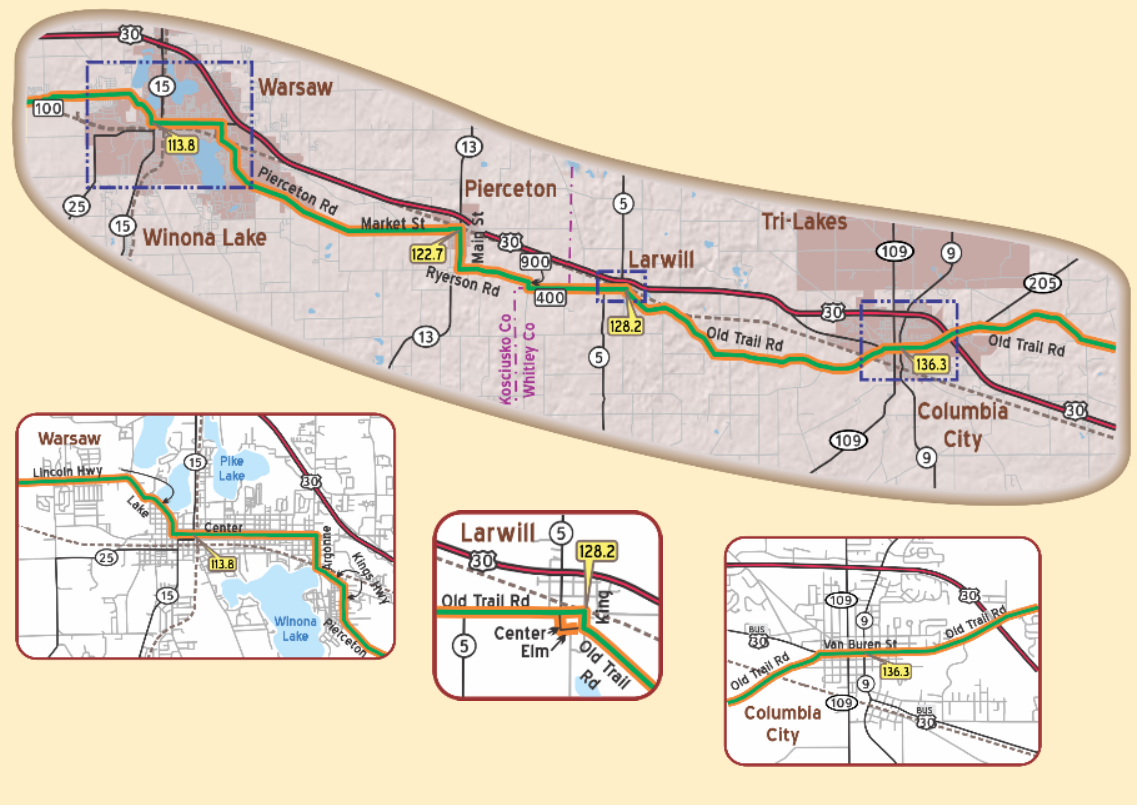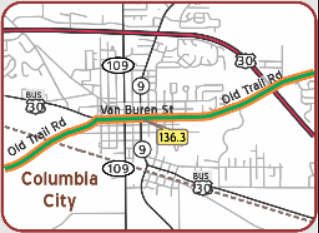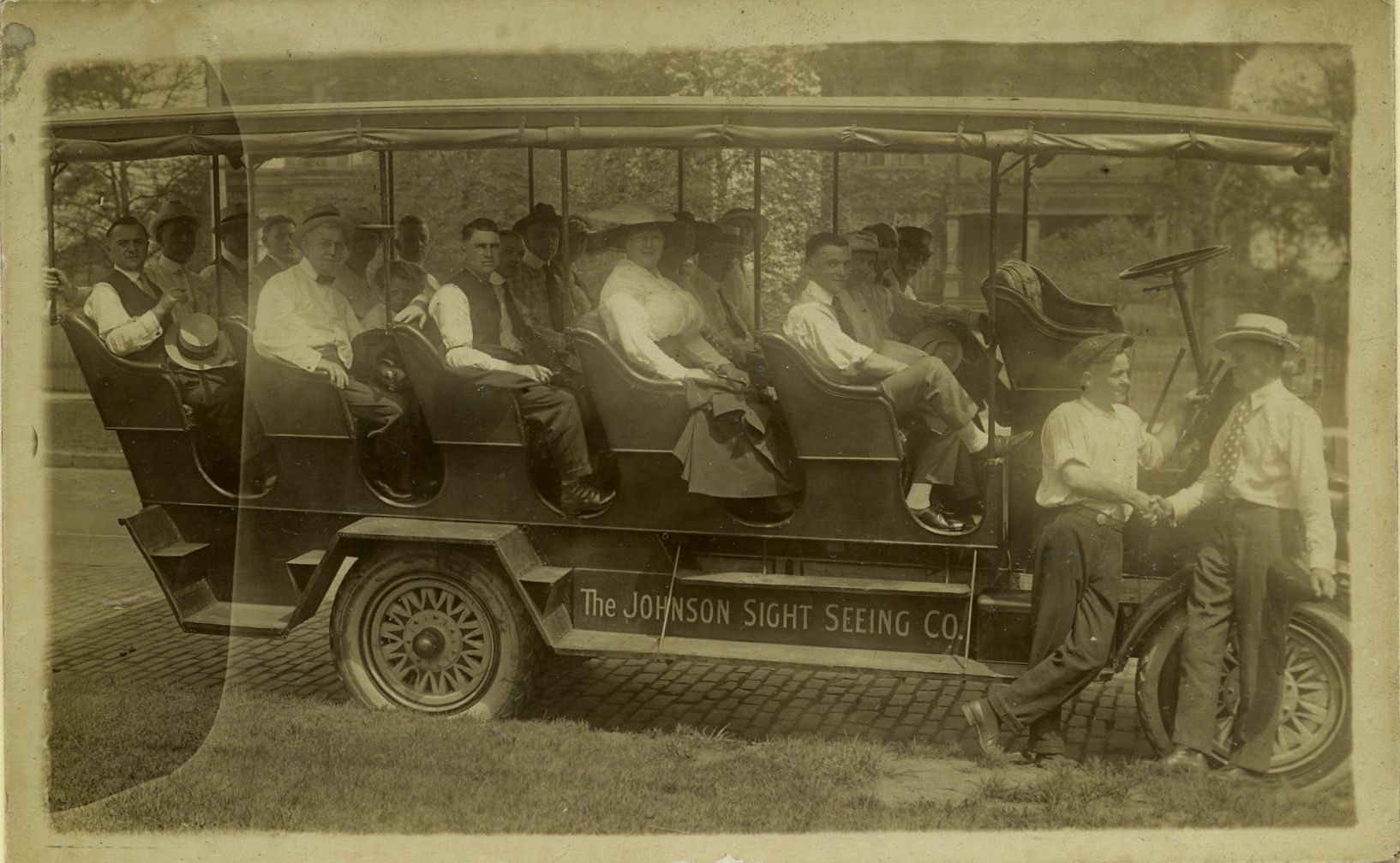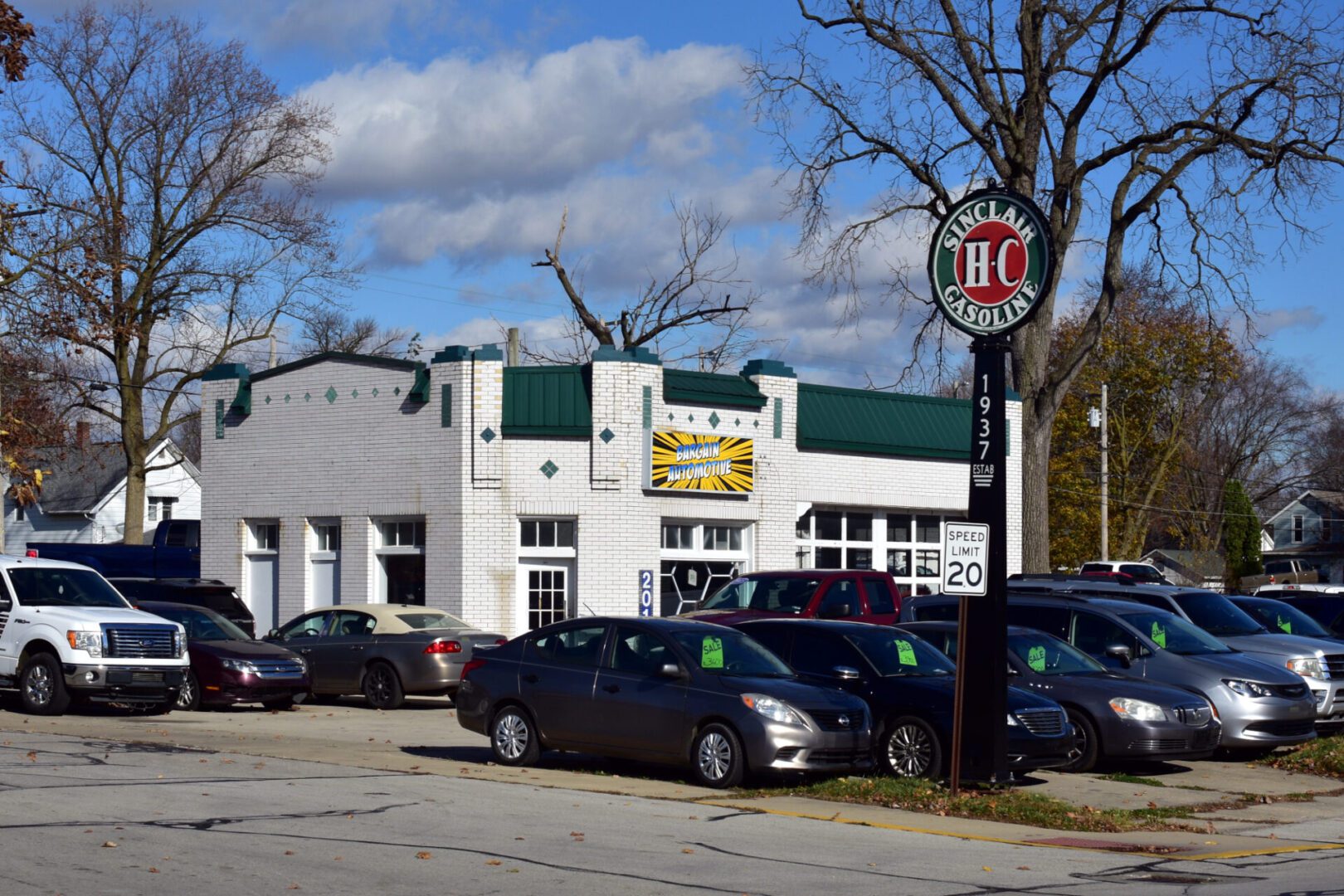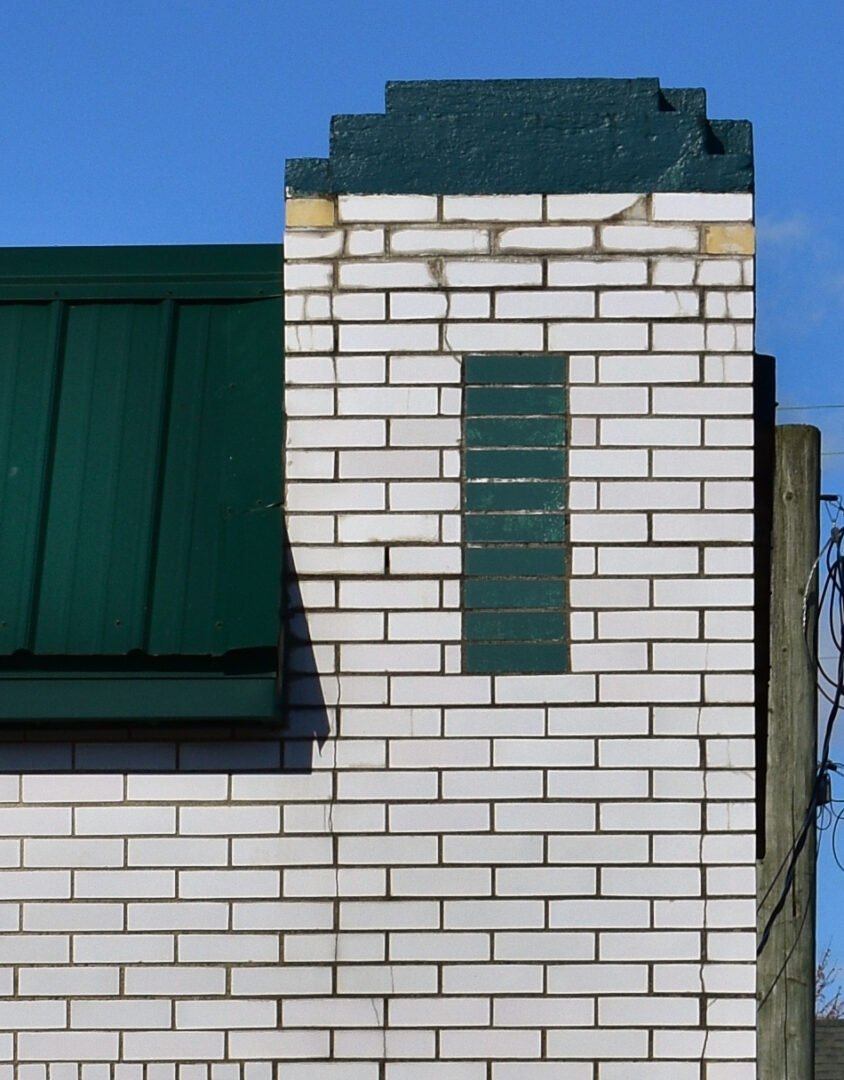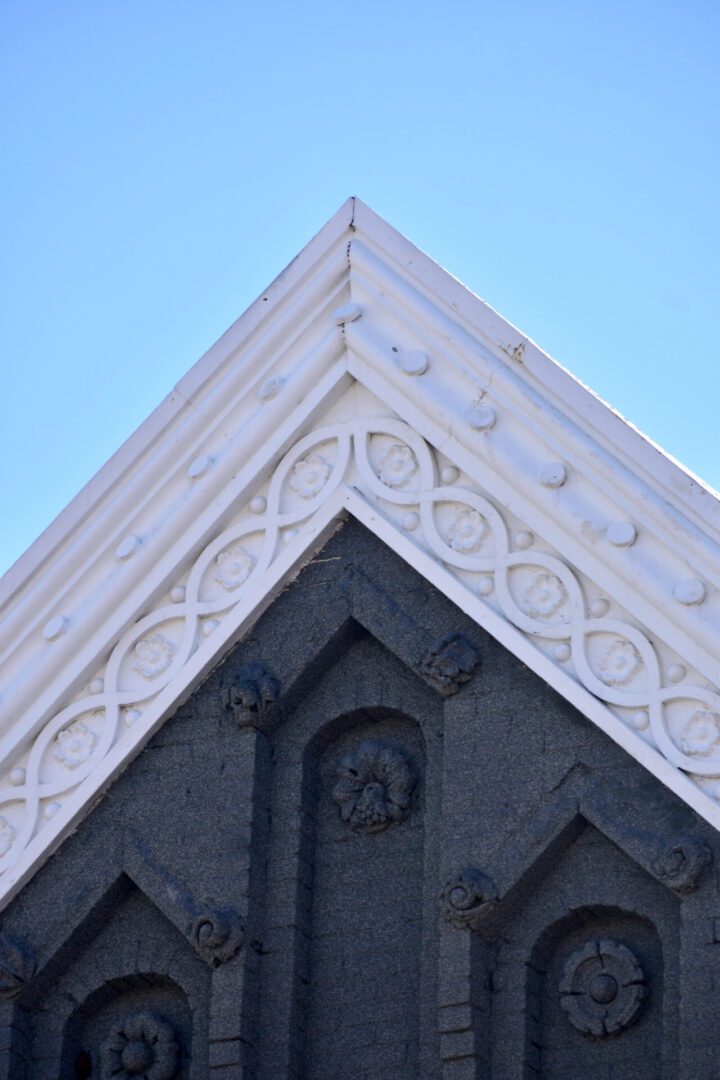The History that Made Us
. For years this was a popular service station in town for the traveler – a spot to get gas, fill a tire or complete a different needed service. It makes sense that it was a frequented spot. Not only is it in downtown Columbia City, but it sits on the route of two major roadways. Many will have heard of the Lincoln Highway, but have you heard of Yellowstone Trail?
For that story, we need to go back to the 1900s. In those days, travel was much more difficult. Roads were still very primitive, very few of which were paved. That meant travel took place more frequently when weather was good, with much less occurring in the winter months. Nationally, there came a pull to change this. From this came the first transcontinental highway in the United States, which came to be known as Yellowstone Trail. It was named after Yellowstone National Park, and would eventually connect Washington state all the way to Massachusetts.
It started in 1912 as the brain child of J.W. Parmley in South Dakota. He was seeking a way to connect his town of Ipswich to Aberdeen, some 25 miles away. A formal Yellowstone Trail Association begin in October 1912 and continued into 1930. Their mission was there would be “a good road from Plymouth Rock to Puget Sound.”
Membership was offered to individuals representing the different towns that would sit along the route. While the organization’s headquarters was in Minneapolis, it would conduct meetings in various locations along the route. With the help of these delegates, money was raised through “grassroots efforts” and donations. The organization itself would lobby for road improvements at various government meetings at the local, state and national level.
Locally, efforts to connect the Yellowstone Trail began in 1916. Representatives from the association came to Columbia City in the spring to assure that the trail would run through Valparaiso, Plymouth, Warsaw, Pierceton, Larwill and Columbia City. News reports indicate that to do this it required a $30 commitment from each town. The Yellowstone Trail would be designated with bright yellow signs to mark the route travelers could take. In Columbia City, the route extended Old Trail Road from Fort Wayne on to Larwill.
With such significant road improvements, many towns experienced a boom in the community as more people utilized these better routes for travel. Eventually, the country would adopt a federal highway numbering system, which impacted new and improved roadway systems. This led to the decline of the Yellowstone Trail Association by 1930.
Today, the local community and visitors to Columbia City still frequent this trail and favor its connection to the surrounding communities.
Thank you to the Whitley County Historical Museum for sharing photos from their collection and for their outstanding research and writing of the article.
Thanks to The Yellowstone Trail Association for the maps.
Where are We: Architectural History
These white and green enameled bricks make for simple ornamentation on this building at 201 East Van Buren Street.
The building was originally constructed around 1937 in a Mediterranean Revival style. This architectural style was popular in the 1920s and 30s and often used stucco, red tile roofs (which this building had until about 2018), and wrought iron balconies, among other details. The use of enamel brick for a gas station instead of stucco was probably a utilitarian choice or possibly was a blending with Art Deco’s common use of glazed bricks.
Also notable about this style was the creation of lavish gardens surrounding the structure. This gas station did not have such lush landscaping, but long-time residents may remember the palm tree that was visible through the glass garage door for many years!
Thank you to Nathan Bilger for providing the recent photos and valuable insights into the architectural history.
